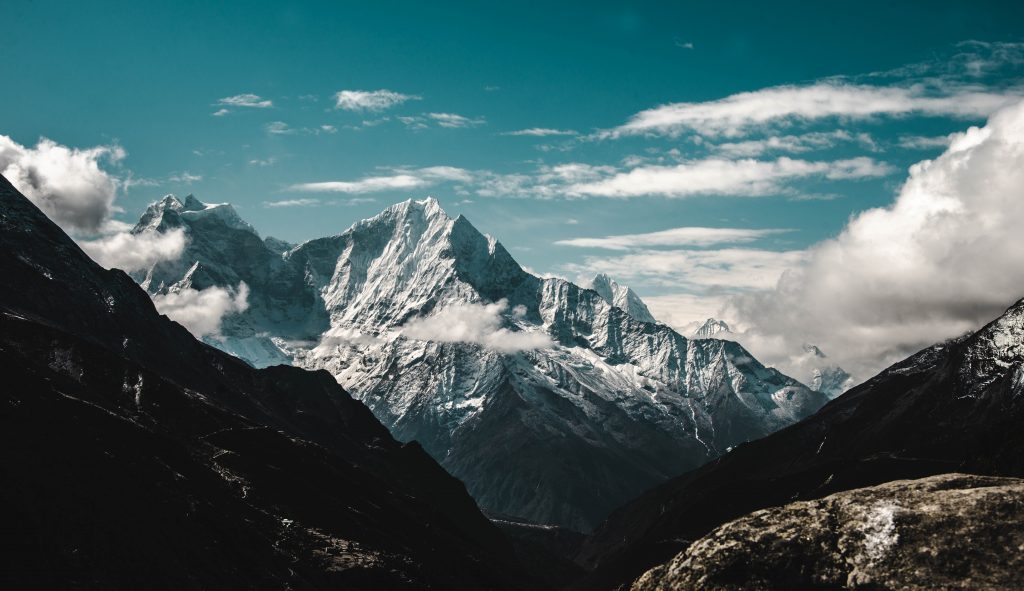
Nepal and its glorious Himalayas have been the pride of the nation and rightly so. As such, the Everest and Annapurna regions are two of the most famous trek destinations and boast mountains like the Mt. Everest (8848m) and Mt. Annapurna (8091m). The respective treks to the base camps of these mountains also offer the adventure of the highest standard. Thus, it is easy to have a dilemma to choose your ideal trek. While both the EBC and ABC treks have attractions of their own, each trek also displays its uniqueness. Below are some of the features which might offer you a better insight into the special features of the treks.
Location and Accessibility
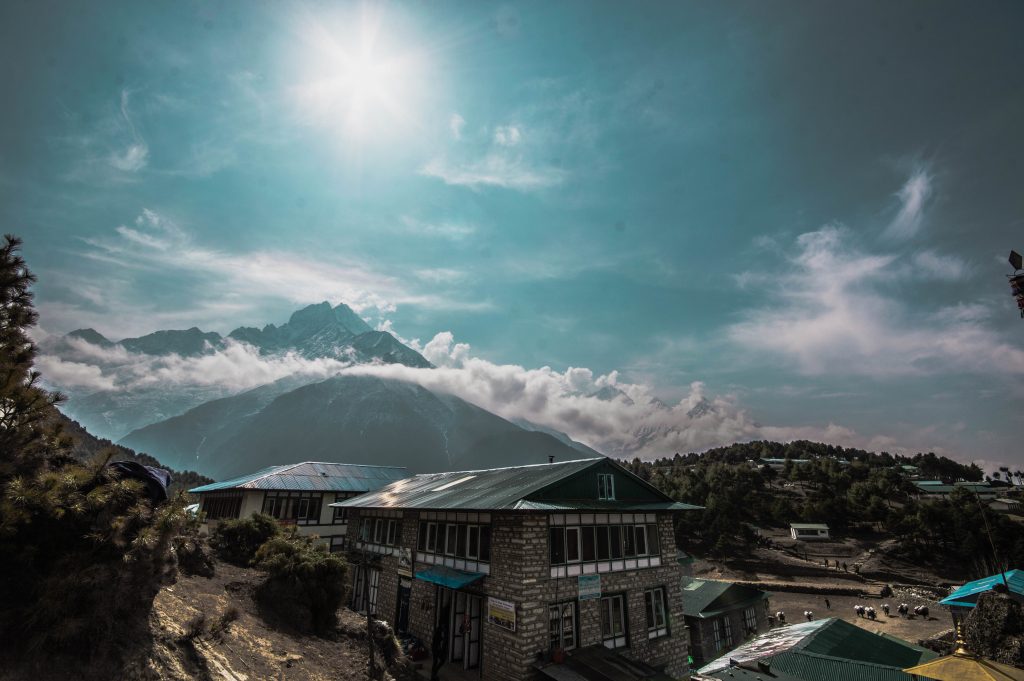
Located in the eastern region of Nepal, the Everest region borders with Tibet in the north. The gateway to this region is Lukla and the fastest way to reach there is via airplanes. Travelers can also reach Lukla on foot from Jiri after a short drive from Kathmandu. Additionally, the Lukla Airport is considered as one of the dangerous airports in the world. Thus, the thrill to experience a flight here is can be counted as one of the highlights of the Everest Region.
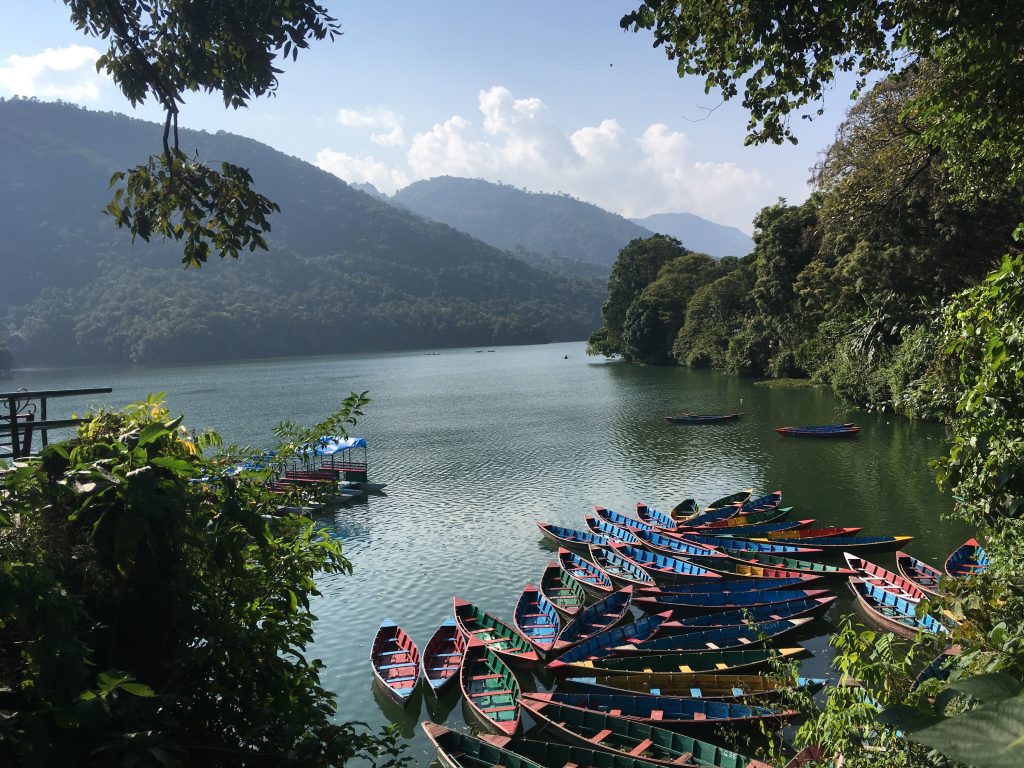
The Annapurna Region lies to the west of Nepal and is the most popular trek in the country. The nearest gateway to the Annapurna region is Pokhara which is yet another famous tourist hub in the country. The fastest way is through airplanes, which take about 15-20 minutes or via highway which takes around 6-7 hours. Tourists can enjoy the aerial views of Kathmandu and Pokhara valleys when they travel via air. Meanwhile, tourists can enjoy picturesque views of the Trishuli River, rustic villages, and hilly landscape when they travel via the Prithvi Highway.
Trekking Routes
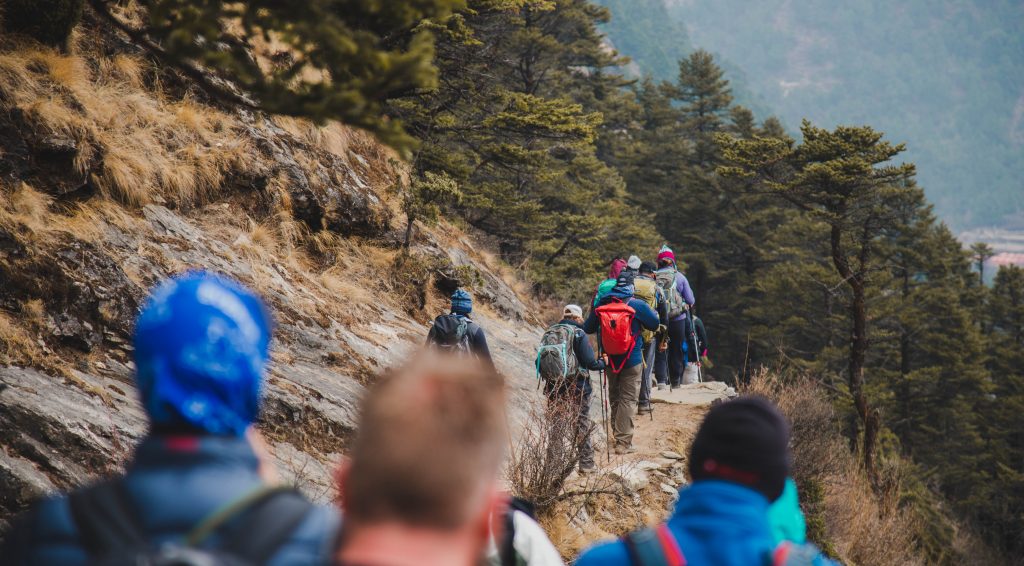
There are various trekking routes within the Everest region which can be enjoyed by everyone. Among them, the Everest Base Camp trek is the most popular one. On average, it takes about 10-12 days to reach the base camp. In recent years, other routes like Gokyo Valley Trek and Everest Three Passes Trek have started to gain recognition as well. While the Gokyo Valley Trek is easier than the EBC trek, the Three Passes Trek requires a lot more physical fitness than normal treks.
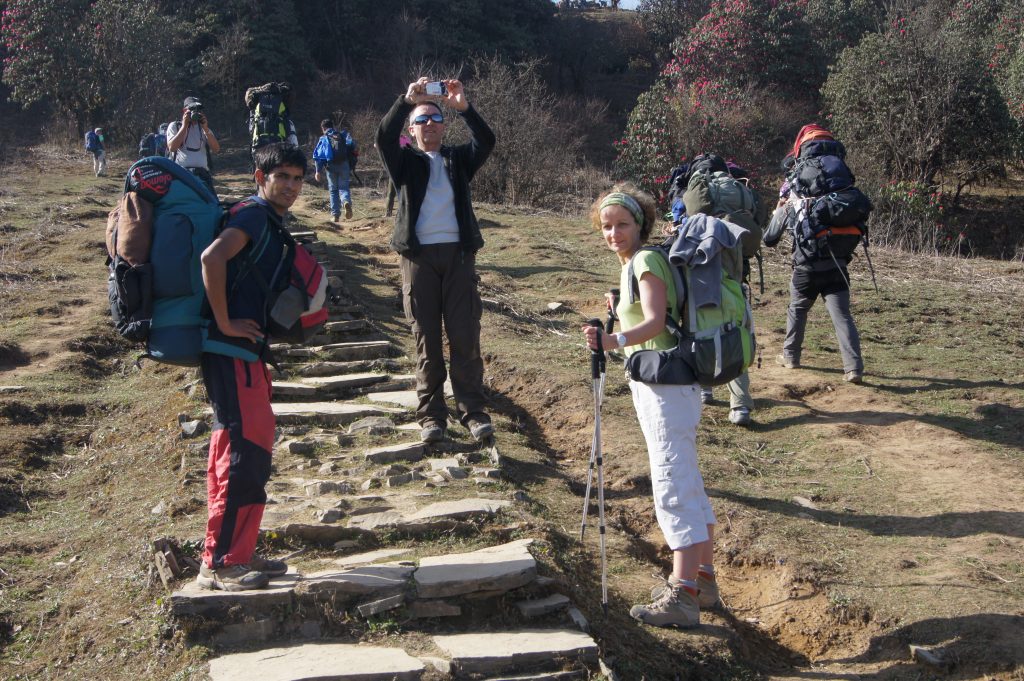
Due to its easy accessibility,
there are various trekking routes within the Annapurna region. From Annapurna
Circuit trek to Annapurna Base Camp trek, there are various routes suitable for
everyone. The Annapurna Base Camp Trek is certainly the must-do trek in this
region. As such, the trek takes around 14 days to complete. Similarly, there
are short treks as well which can be enjoyed with families like, Mardi Himal
Trek, Khopra Danda Trek, Mohare Danda Trek and Ghorepani Poonhill Trek. These
short treks can be completed within a week. On the other hand, the longer treks
like Annapurna Circuit Trek and Tilicho Lake Trek can take about two weeks or
more.
Special Attractions
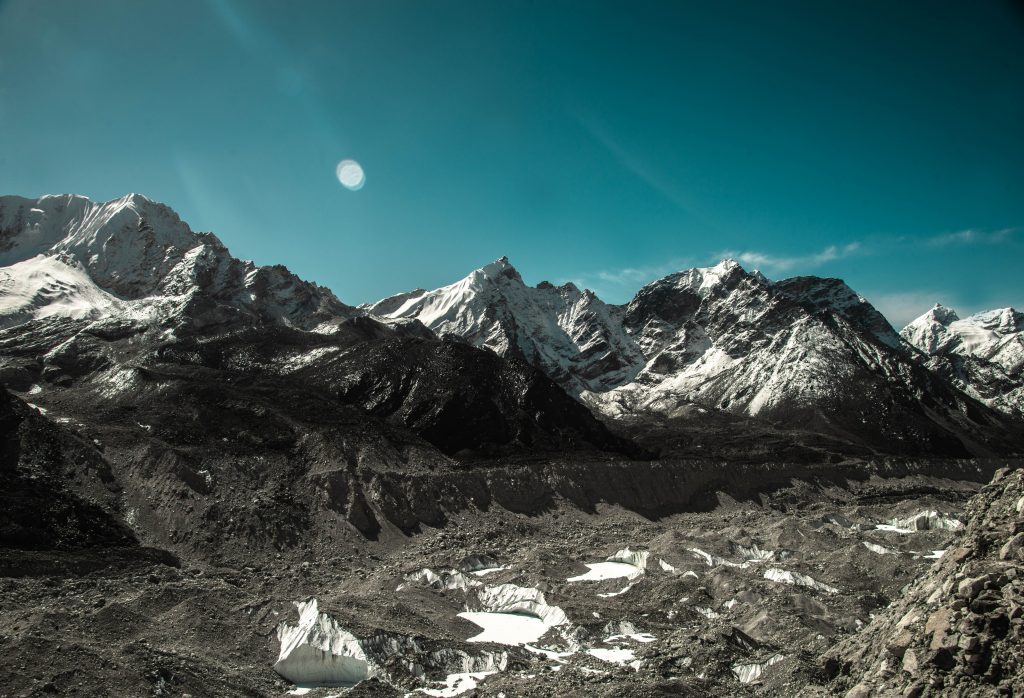
The tallest mountain in the world- the Mt. Everest (8848m) is certainly the main highlight of the Everest Base Camp Trek. Thousands of people flock here to enjoy the views of the mountain and those of the neighboring the Himalayas. Some other famous mountains in the Everest region are Cho Oyu (8201m), Lhotse (8516m), and Nuptse (7861m). Most of these mountains have their local legend and are culturally important for the local people as well. The Sherpa-inhabited villages like Lukla and Namche Bazaar have a ravishing charm as they are filled with unique monasteries, chortens, and traditional houses. Among the monasteries, Tengboche holds high respect from the locals due to its history and is a landmark in the Everest region.
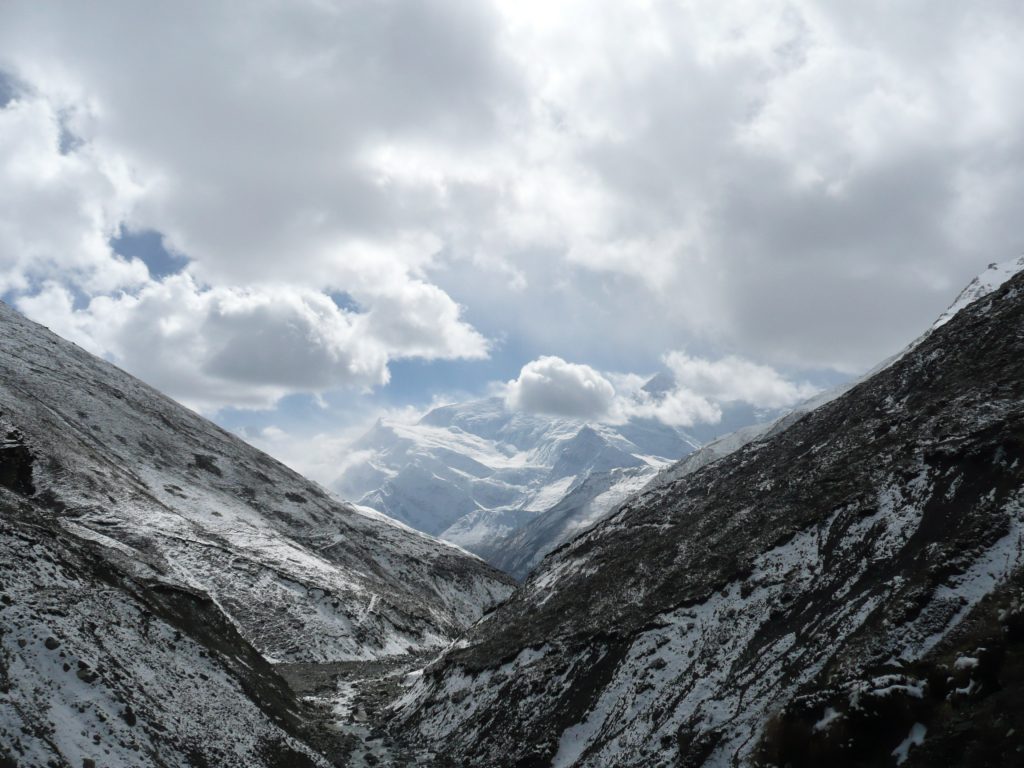
The Annapurna region is filled with picturesque mountains and hills filled with rustic villages. Annapurna and Dhaulagiri ranges dominate this region but there are other mountains like Macchapuchhre (6997m), Gangapurna (7454m), and Hiunchuli (6441m). The villages filled with Gurung communities have a rustic architecture and traditional background. In the lower altitude, the agricultural fields and lush vegetation add color to this region. In the higher areas like Mustang and Manang, the arid environment has created a different beauty along with the Tibetan influenced designs and lifestyle have added charm. Temples like Muktinath, Tal Barahi, and Bindhyabasini along with monasteries like Boozo Gompa and Braga Gompa offer insight into the cultural aspect of the region.
Ethnicity, Culture, and Food
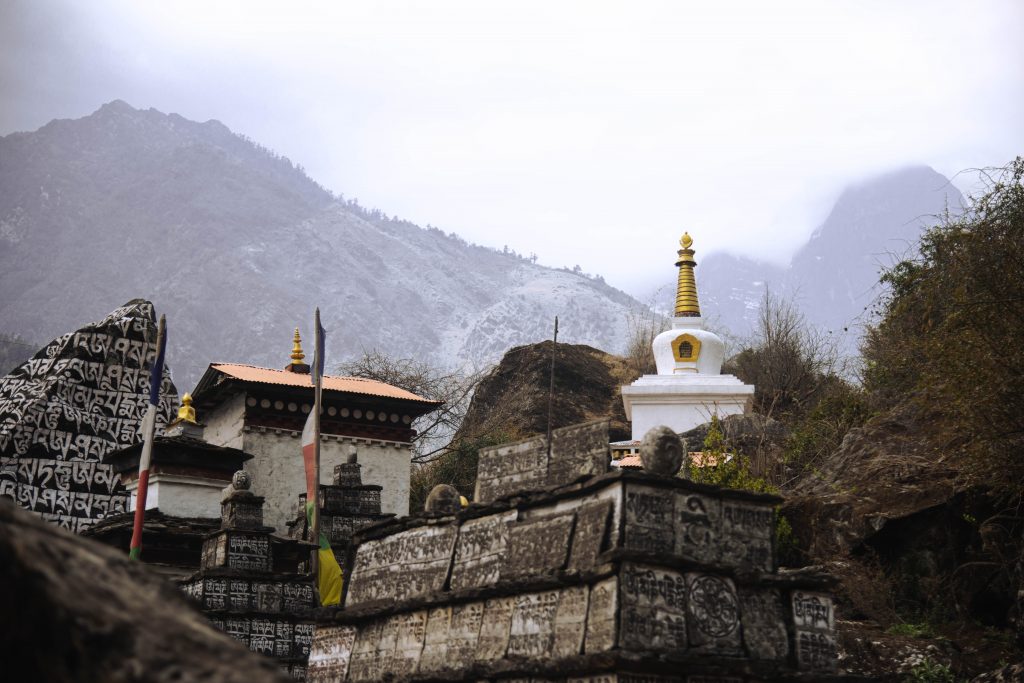
The Sherpas are the dominant community in the Everest region and thus their culture has a huge impact across the trails on the Everest Base Camp Trek. The Sherpas follow Buddhism and thus the trails on the treks are filled with monasteries, chortens, and prayer flags. They are known for their endearing hospitality and humble nature. Likewise, the Sherpa-run teahouses are famous throughout the region and offer food and accommodation to the travelers. The staple food of Sherpas mostly consists of potatoes, wheat, barley, and meat.
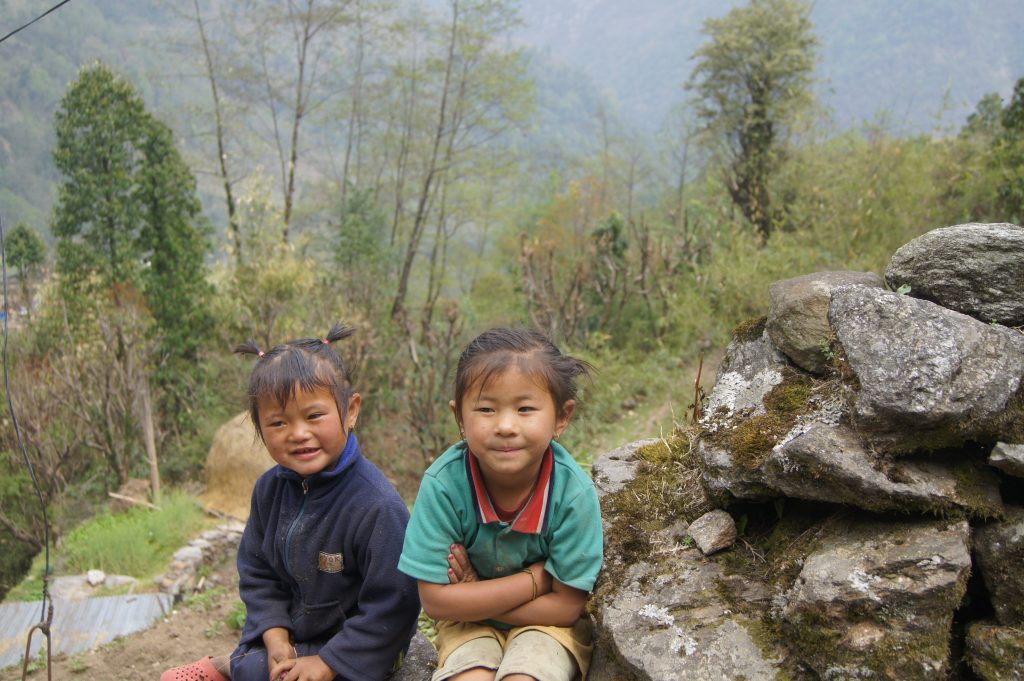
In the Annapurna Base Camp Trek, ethnicity is diverse and the majority of the population are Gurung, Magar, and Thakali. They coexist in harmony and are spread throughout the region. These communities have ancient traditions and rituals, which differ from other ethnic communities in the country. Additionally, their hospitality and cheerful nature have also attracted many tourists to stay at their homestays. The staple dishes of these communities are Dal Bhat, buckwheat flatbread (roti), potatoes, etc.
Costs and Permits
In the Everest region, tourists need to pay for three permits. They are Sagarmatha National Park permits (approx. US$ 34; SAARC nationals US$ 14), Khumbu Pasang Lhamu Rural Municipality of Solukhumbu (approx. US$ 20) and Trekkers Information Management System (TIMS) (approx. US$ 20). The total cost of food and lodging depends on how long the trip is but in general, it can range between US$ 1,500- 2,500 per person.
In the Annapurna region tourists need to pay for TIMS (approx. US$ 20; SAARC nationals US$ 6) and Annapurna Conservation Area Entry Permit (approx. US$ 30; SAARC nationals US$ 3). Depending on the length of the trip, the food and lodging costs vary. On average, it can range from US$ 750 to US$ 1,500.
Conclusion
Even though these two regions are located at different places and filled with unique charms, they are the best locations to trek in Nepal. Both these Himalayan regions offer lifetime experiences and adventures exclusive to the regions only. From the mountains to the unique culture, these regions have charmed thousands of tourists and thus cannot be compared with one another.

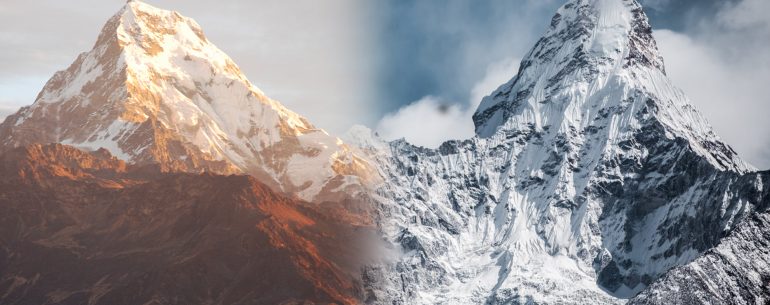
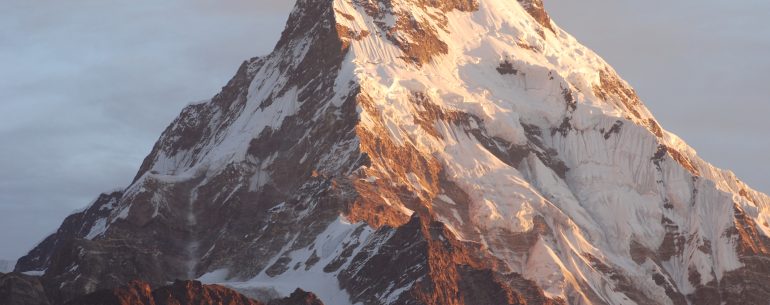
Leave a Reply